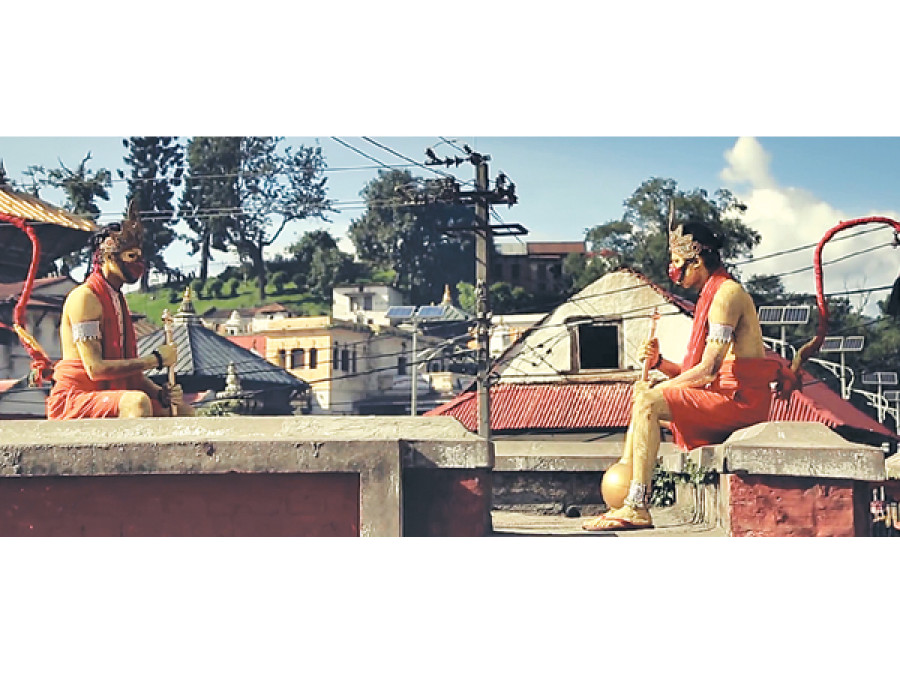Miscellaneous
In pursuit of God
Ankit Babu Adhikari’s Ram Naam provides a perspective on life, death and religion
Binit Bana
Where is God? Can we find God? Does God even exist? Why do we try so hard to answer these questions? These are the ideas singer and songwriter Ankit Babu Adhikari plays with in his debut song, Ram Naam. The music video, by director Alok Lamsal, is shot with crisp cinematography and a dash of humour and humanises the concept of seeking out God. It plays with the same ideas as the song, but, instead of death being the major theme, it takes life as a medium to present it.
The song is tagged as ‘religious pop’ on YouTube, and Adhikari infuses sufi melodies and contemporary effects to warrant the label. Although, the style and the content revolves around a religious theme, the song, in the end, is about human inquiry. And what makes the video even more fascinating is its layered themes—the more you peel off, the more you uncover.
The video starts with a brief skit. A play is about to begin and the crowd is lining up, but the titular actor, who plays the role of Ram, has gone missing. Now, it is Hanuman’s responsibility to go find Ram and bring him back before the play begins. One is made to understands early on that the mythical role has been altered—instead of searching for Sita, Hanuman vows to find Ram. And thus, the story begins and so does the metaphor which runs through the video: the world is a stage, life is a play, and we are all but actors moving through it.
The video revolves around the search for Ram, the actor, but again, like the initial metaphor, it speaks of the search for God in our lives. It speaks of human struggles and our constant pursuit to get closer to divinity, so as to give meaning to the absurdity of life. This is where the selection of Hanuman as the protagonist works on multiple levels. First, Hanuman is a zealous devotee of Ram, making him the perfect candidate for the search. Secondly, he represents a seeker. And finally, he represents the devoted few who take on the unyielding pursuit of finding God.
In the video, Hanuman, initially, scours the streets and alleyways of Kathmandu, but as the story progresses, so does the understanding of the Hanuman character. He constantly sees Ram, only to be rudely awoken to the realisation that it is just a human—a little girl waving hello, a sadhu, a food-stall owner, a street vendor. This is where Ram becomes more than just the actor, he represents the God Ram, himself. The scenes, thus, align with the essential Hindu belief that God resides in every human.
As Hanuman approaches Ram in the climactic meeting, it brings home the message that God lives in everything. Here, as the two stare at each other, a change takes place. Hanuman ends up staring back at his own figure. As the camera does a dolly zoom, where the lens zooms out and camera moves forward, a visual point of realisation is created to compliment the theme.
But something breaks Hanuman from his stupor. He is nudged by a hungry child, and Hanuman takes the child under his protection. This is where the main idea of the video really hits home: the biggest dharma in life is not about trying to find God, but rather helping those in need; it is about the deed, the karma. It doesn’t end there, however. The video takes a final bow, along with Hanuman and the child, to bring to a close to three things different aspect all at once: the actual play in the video, the video in itself and the metaphor that life is a play, which one day ends.




 10.12°C Kathmandu
10.12°C Kathmandu










